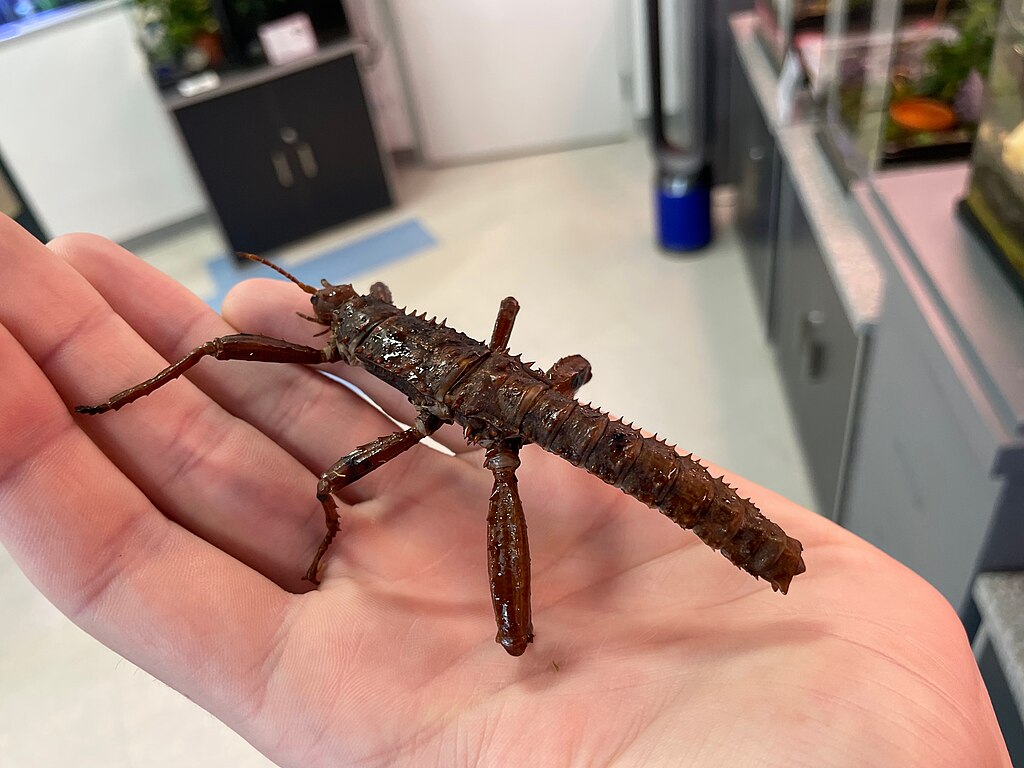Picture this: you’re walking through a forest when suddenly, a shadow passes overhead. You look up to see a dragonfly the size of a helicopter, its wings beating with the force of industrial fans. Sounds like something straight out of a monster movie, right? But what if I told you that millions of years ago, insects nearly this large actually roamed our planet? The question isn’t just whether giant insects could exist – it’s whether they could exist again, and what’s stopping them from taking over our world right now.
The Ancient Giants That Once Ruled Earth
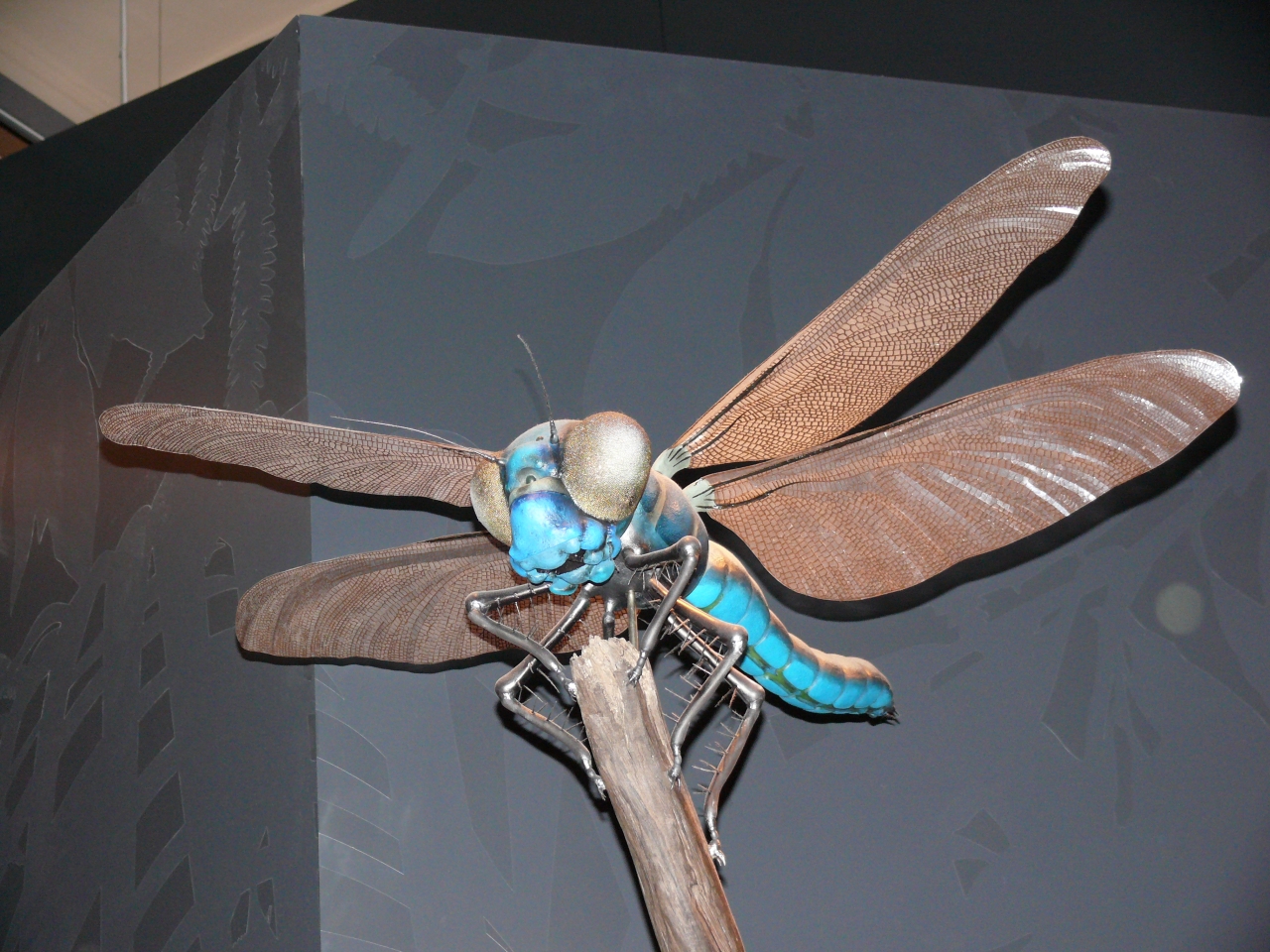
Long before dinosaurs dominated the landscape, colossal insects ruled the skies and forests of prehistoric Earth. During the Carboniferous period, roughly 300 million years ago, dragonflies with wingspans reaching 28 inches soared through ancient swamps. These aerial predators, known as Meganeura, were the size of modern hawks and could snatch prey from the ground with terrifying efficiency. But dragonflies weren’t the only oversized insects making headlines in prehistoric times. Enormous millipedes called Arthropleura stretched over 8 feet long and weighed as much as a large dog. Imagine encountering one of these armored giants crawling through your backyard – it would make today’s biggest centipedes look like tiny toys.
The Oxygen Factor: Nature’s Growth Hormone
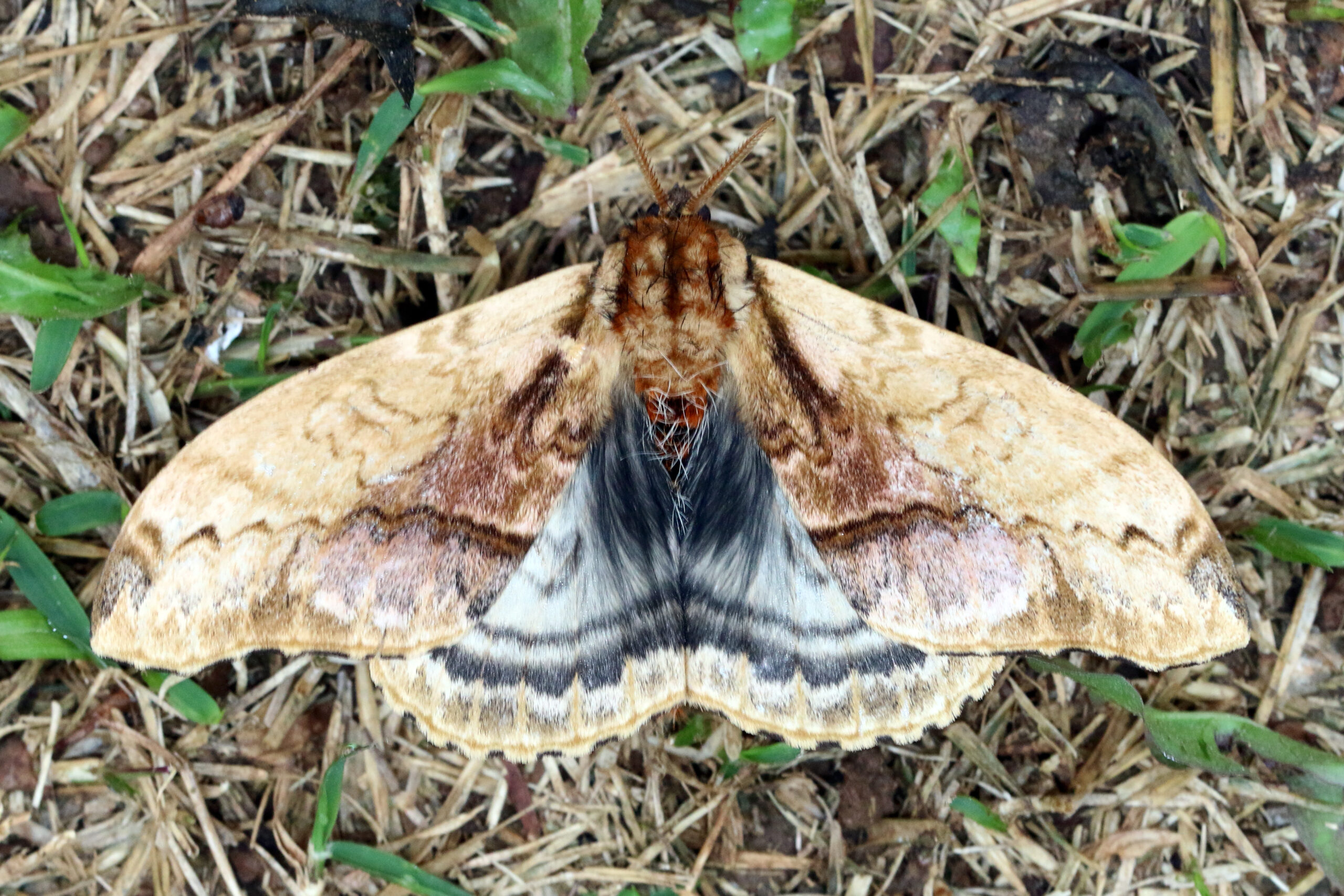
The secret behind these ancient giants lies in something we take for granted every day – oxygen. During the Carboniferous period, atmospheric oxygen levels reached a staggering 35%, compared to today’s 21%. This oxygen-rich environment acted like a natural growth hormone for insects, allowing them to reach sizes that would be impossible in our current atmosphere. Insects don’t have lungs like mammals do. Instead, they breathe through a network of tubes called tracheae that deliver oxygen directly to their tissues. The more oxygen available, the larger these creatures can grow while still maintaining efficient respiration. It’s like having a more powerful engine – with better fuel, you can build a bigger car. When oxygen levels dropped over millions of years, insect sizes shrunk accordingly. This correlation between atmospheric oxygen and insect size isn’t just theory – it’s been repeatedly demonstrated in laboratory experiments where researchers artificially increase oxygen levels.
The Square-Cube Law: Mathematics Meets Biology
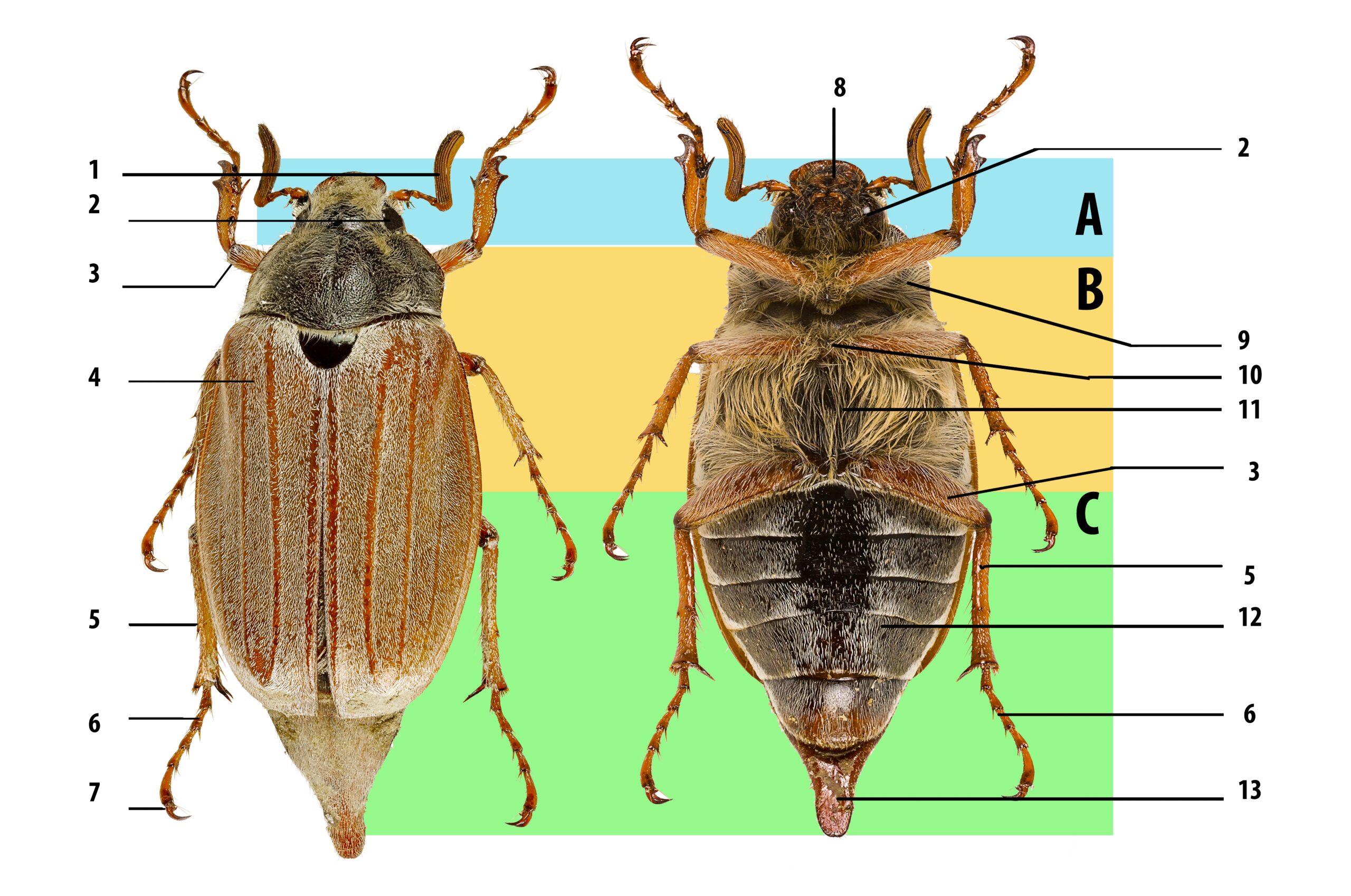
Even with unlimited oxygen, there’s a mathematical ceiling that prevents insects from growing indefinitely. The square-cube law states that as an object increases in size, its volume (and weight) increases much faster than its surface area. For insects, this creates a deadly problem – their breathing system can’t keep up with their body mass. Think of it like trying to cool a mansion with a window air conditioner. As insects grow larger, their oxygen needs increase exponentially, but their ability to absorb oxygen only increases at a much slower rate. Eventually, they reach a point where they simply can’t get enough oxygen to survive, no matter how much is available in the atmosphere.
Structural Engineering: Why Insect Skeletons Have Limits
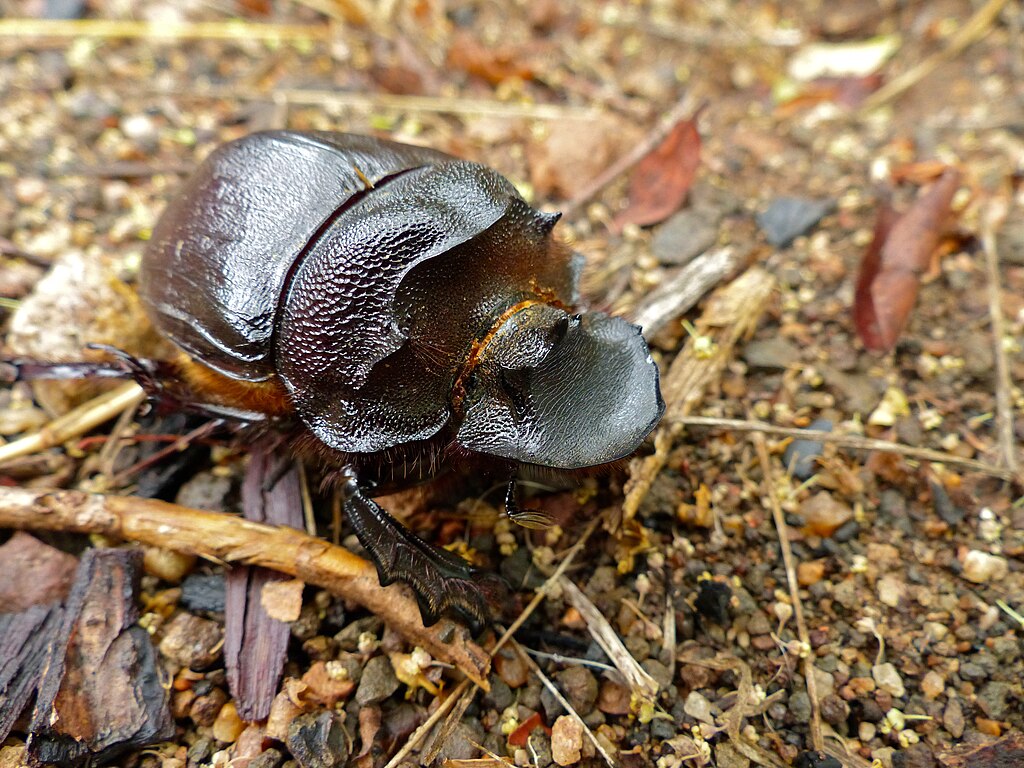
Insects wear their skeletons on the outside, which works brilliantly for small creatures but becomes a nightmare for larger ones. This exoskeleton, made primarily of chitin, provides excellent protection and support for tiny bodies. However, as size increases, the exoskeleton becomes disproportionately heavy and unwieldy. A giant beetle would need an exoskeleton so thick and heavy that it couldn’t move effectively. It’s like the difference between wearing a thin raincoat and a medieval suit of armor – the protection comes at the cost of mobility and efficiency. This is why nature evolved internal skeletons for larger animals. Additionally, the joints and muscle attachment points that work perfectly for small insects become stress concentration points in larger versions. The bigger the insect, the more likely these critical points are to fail under the increased mechanical stress.
The Molting Dilemma: Growing Pains Turned Deadly
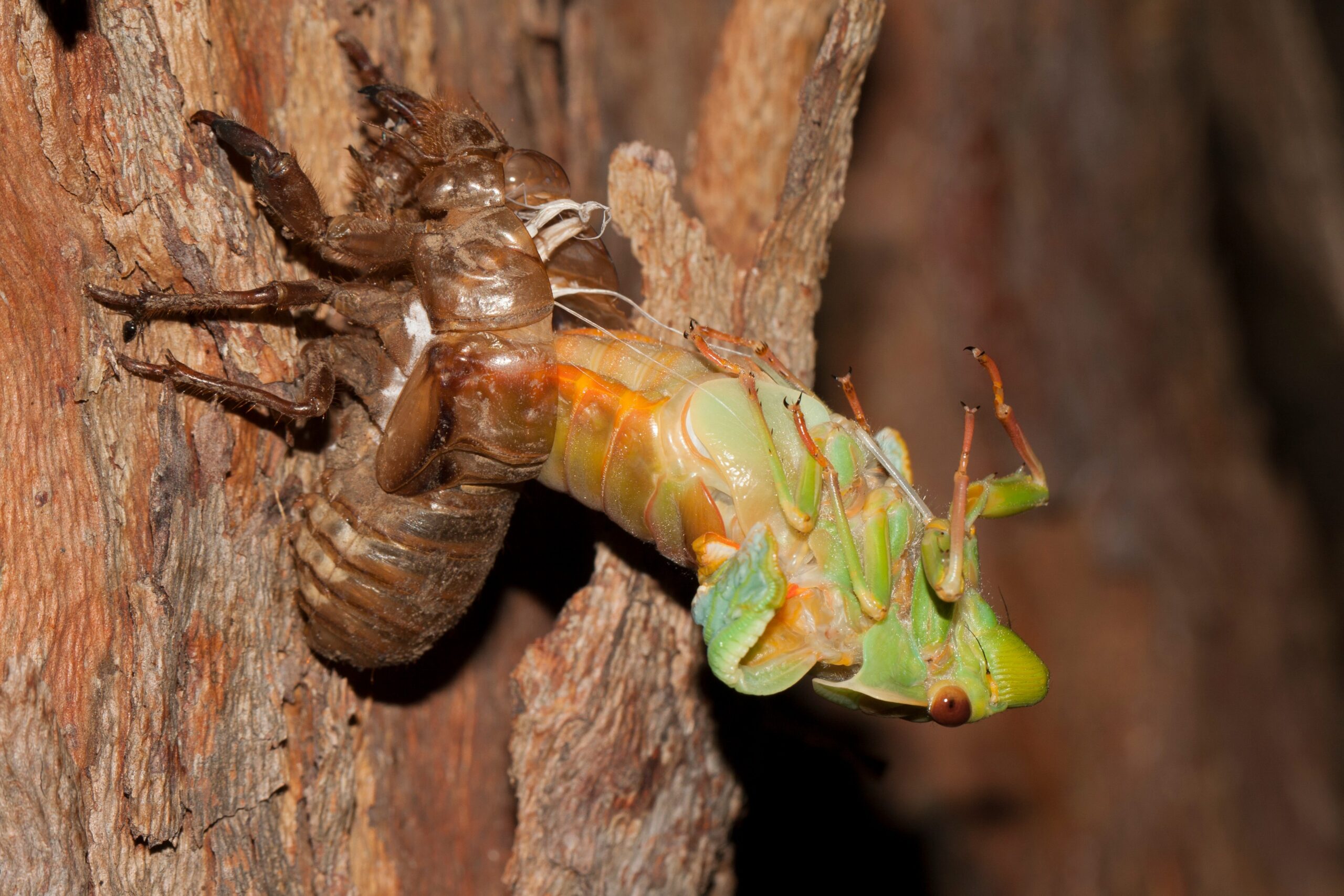
All insects must periodically shed their exoskeletons to grow, a process called molting. For small insects, this vulnerable period lasts only hours or days. But for hypothetical giant insects, molting would become an extended death sentence lasting weeks or even months. During molting, insects are essentially defenseless – their new exoskeleton is soft and provides no protection. A giant insect would be like a massive, helpless blob during this period, unable to defend itself or even support its own weight. The larger the insect, the longer this vulnerable state would last, making survival increasingly unlikely.
Thermal Regulation: The Heat Problem
Large insects would face another insurmountable challenge – overheating. Insects are cold-blooded and rely on environmental temperature to regulate their body heat. A giant insect would generate enormous amounts of heat through muscle activity but would have limited ability to cool down effectively. Unlike mammals, insects can’t sweat or pant to cool themselves. They’re essentially stuck with whatever temperature their environment provides. A giant flying insect would likely cook itself to death during extended flight, as the heat generated by its massive flight muscles would have nowhere to go.
Food Chain Disruption: Ecological Impossibilities
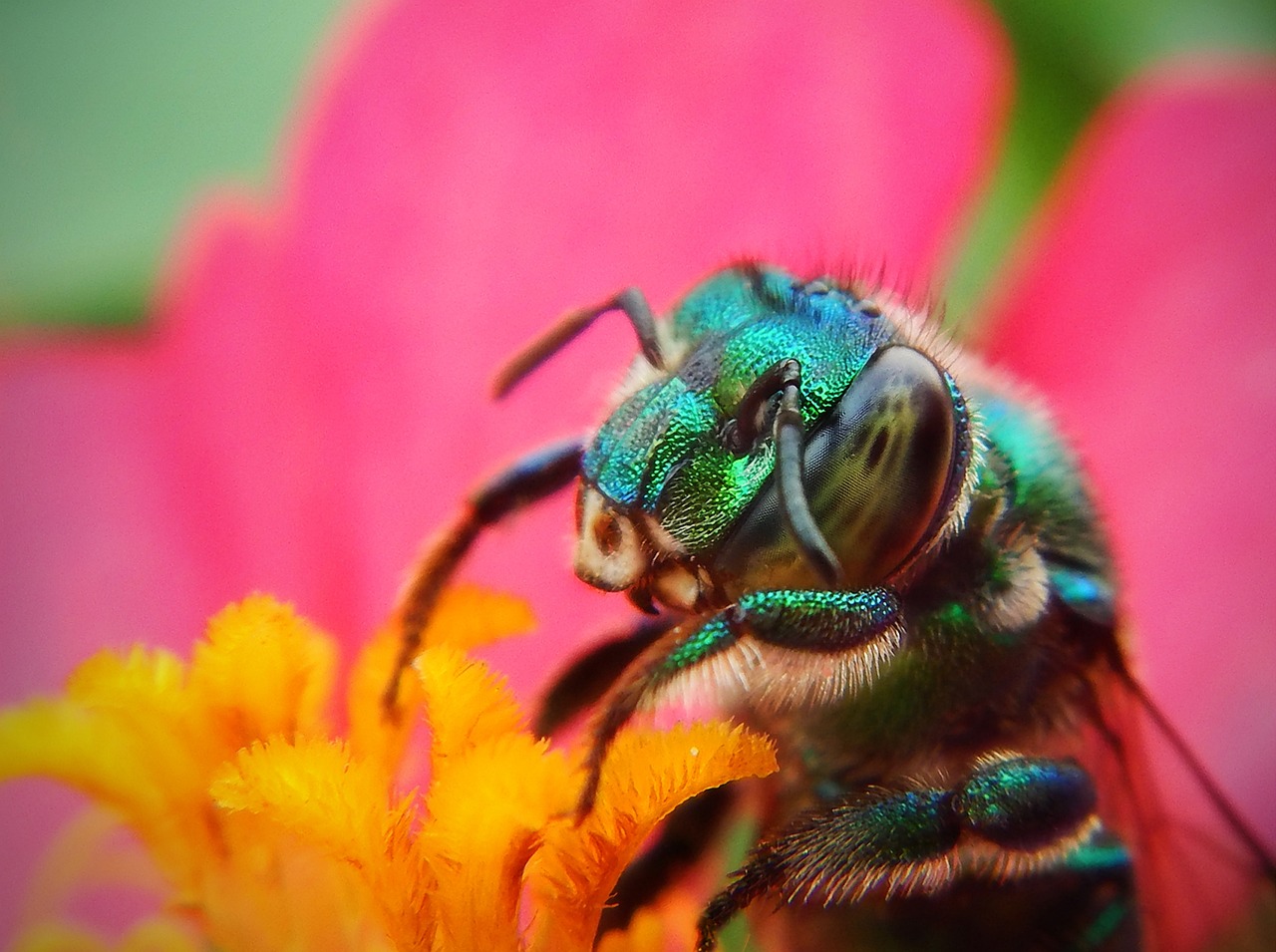
Even if giant insects could overcome their physiological limitations, they would face an ecological reality check. The food webs that support current insect populations simply couldn’t sustain creatures of enormous size. A giant praying mantis would need to consume massive amounts of prey daily, quickly depleting local food sources. The energy requirements would be astronomical. Current ecosystems are finely balanced, with energy flowing efficiently from plants to herbivores to predators. Giant insects would create such a massive energy drain that entire ecosystems would collapse under the pressure.
Modern Attempts: Laboratory Giants and Their Limitations
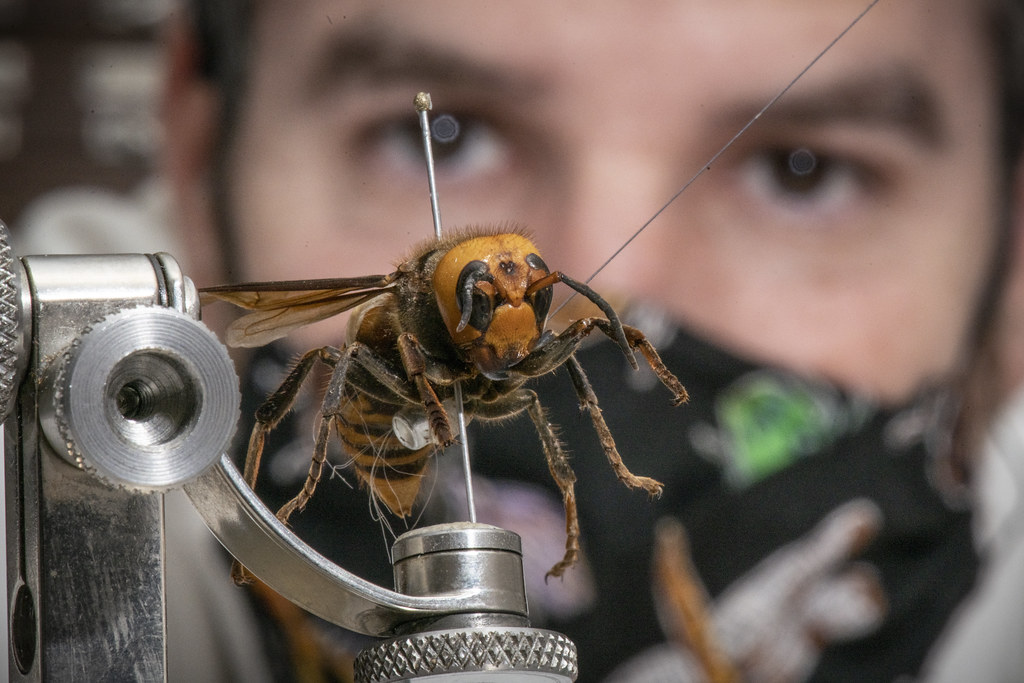
Scientists have actually tried creating larger insects in controlled laboratory environments with increased oxygen levels. While they’ve achieved some success in growing slightly larger specimens, the results are far from the movie monsters we might imagine. These laboratory giants often suffer from mobility issues, shortened lifespans, and various health problems. The most successful experiments have involved increasing oxygen levels for developing insects, resulting in adults that are perhaps 20-30% larger than normal. However, these creatures are often less fit than their normal-sized counterparts, struggling with coordination and having difficulty with basic survival tasks.
The Uncanny Valley of Insect Size
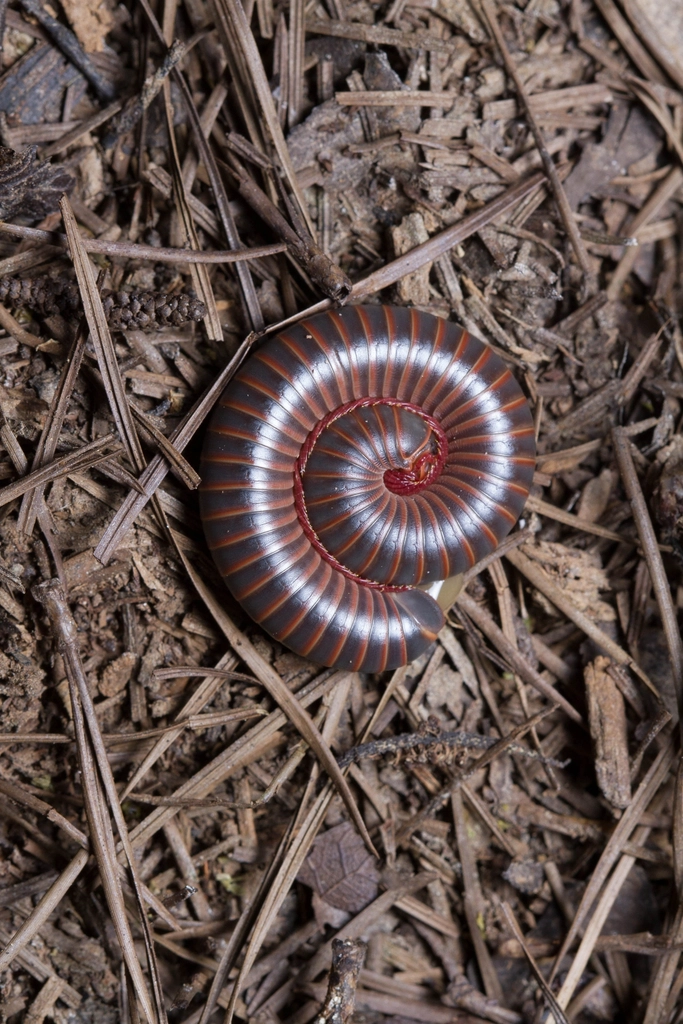
There’s something deeply unsettling about the idea of giant insects that goes beyond scientific limitations. Psychologists suggest that oversized versions of small creatures trigger our evolutionary fear responses, as they represent familiar forms taken to threatening extremes. This might explain why giant insects are such popular subjects in horror films. Our brains are wired to recognize insects as small, manageable creatures. When we encounter them at unusual sizes – even just slightly larger than normal – our threat detection systems go into overdrive. A house centipede is merely startling, but a dog-sized centipede would be genuinely terrifying.
Genetic Engineering: Could We Create Them Artificially?
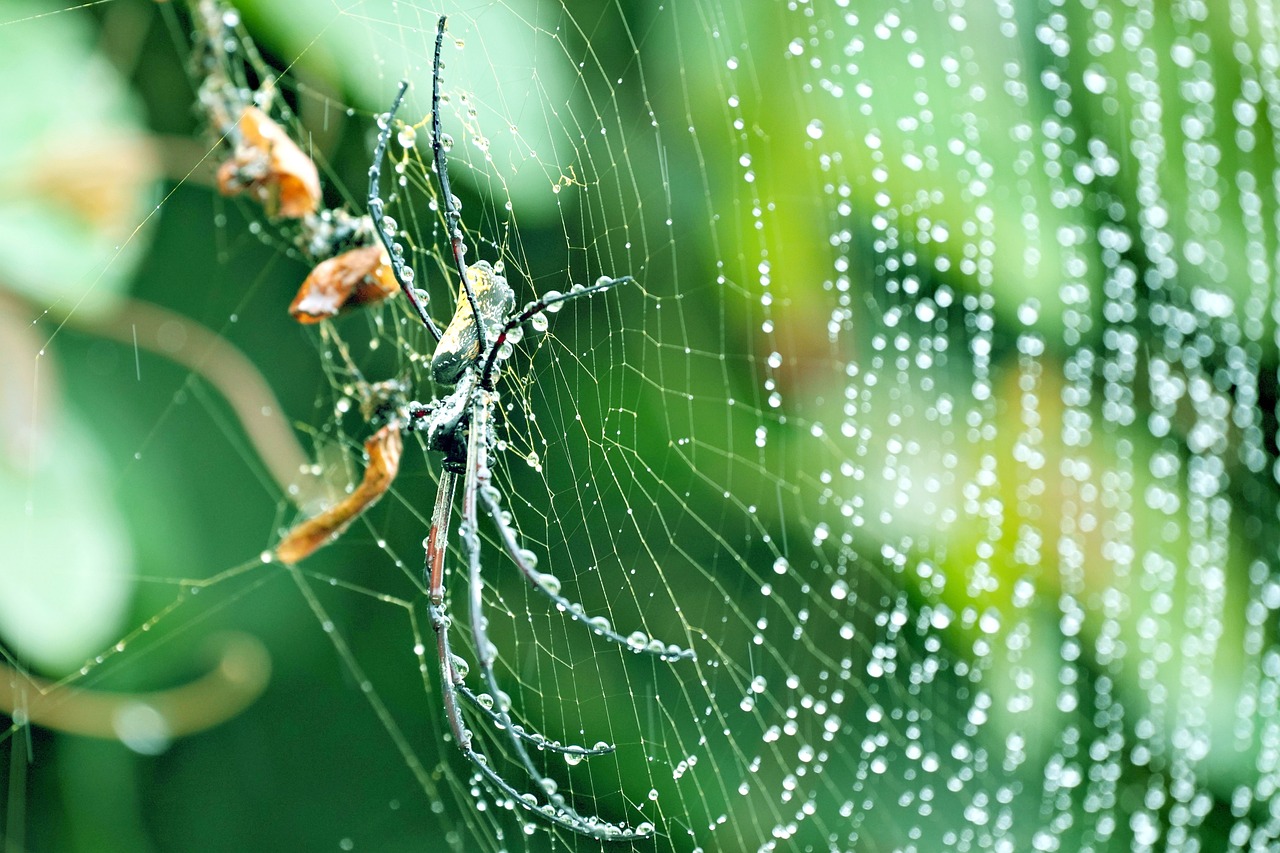
With advances in genetic engineering, some might wonder if we could artificially create giant insects. While theoretically possible to manipulate genes that control growth, the fundamental physical and physiological limitations would remain unchanged. We might be able to force an insect to grow larger, but we couldn’t make it viable or functional. The problems of oxygen transport, structural integrity, and thermal regulation are hardwired into insect anatomy. No amount of genetic tinkering could overcome these basic physical laws. It would be like trying to make a paper airplane the size of a real plane – the fundamental design simply doesn’t scale up.
Island Gigantism: When Insects Do Get Bigger
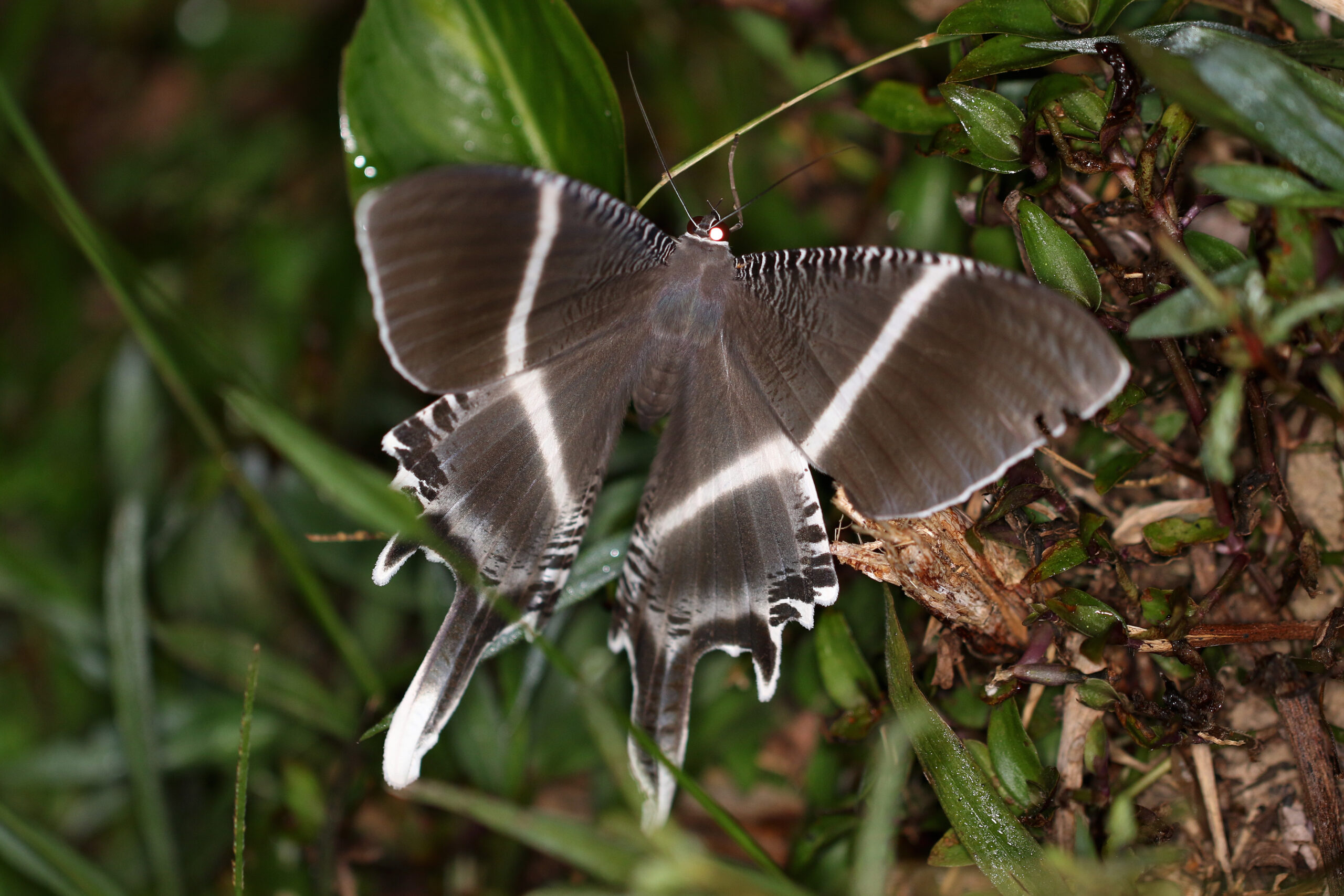
Interestingly, some insects do grow larger than their mainland relatives through a phenomenon called island gigantism. On isolated islands with limited predators and unique ecological niches, some insects have evolved to be significantly larger than normal. However, these “giants” are still nowhere near the size of science fiction monsters. The Goliath beetle of Africa, one of the heaviest insects on Earth, weighs about as much as a small mouse. Even the largest stick insects, which can reach over a foot in length, are mostly hollow and incredibly lightweight. These represent the practical upper limits of insect size in our current world.
Climate Change and Future Insect Sizes
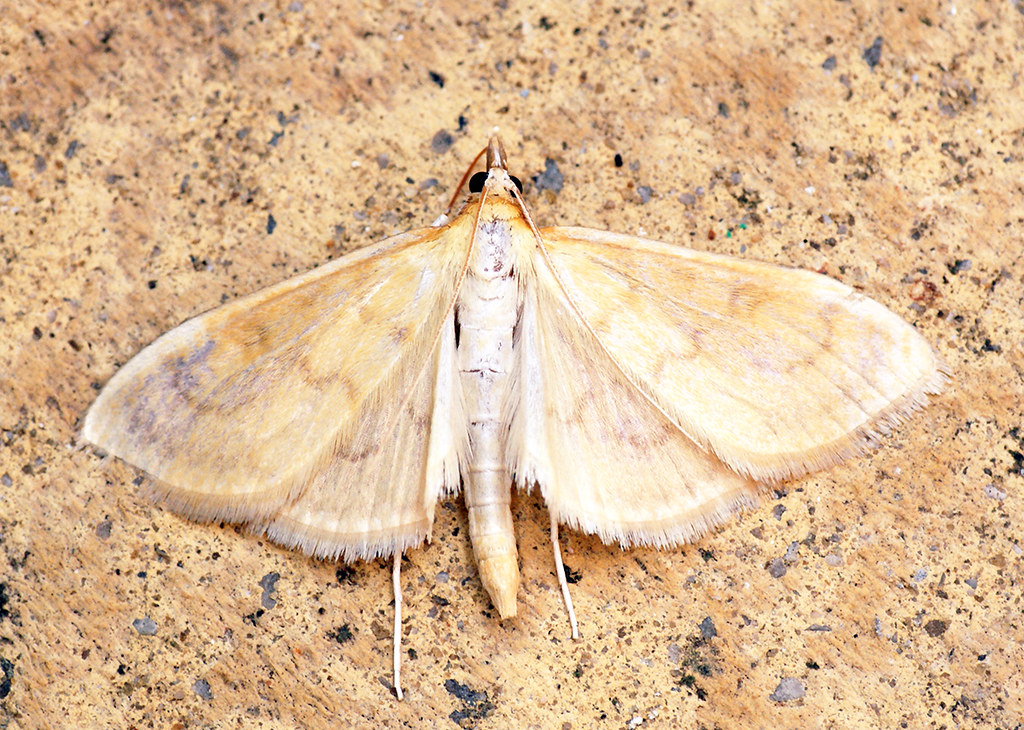
Some researchers are investigating whether climate change might affect insect sizes in the future. While rising temperatures and changing atmospheric conditions could theoretically influence insect growth, the effects would likely be subtle and gradual. We’re not heading toward a world of giant insects anytime soon. However, even small changes in insect size could have significant ecological impacts. Larger insects might consume more food, alter pollination patterns, or change predator-prey relationships in ways we don’t fully understand yet.
The Closest We’ll Get: Aquatic Arthropods
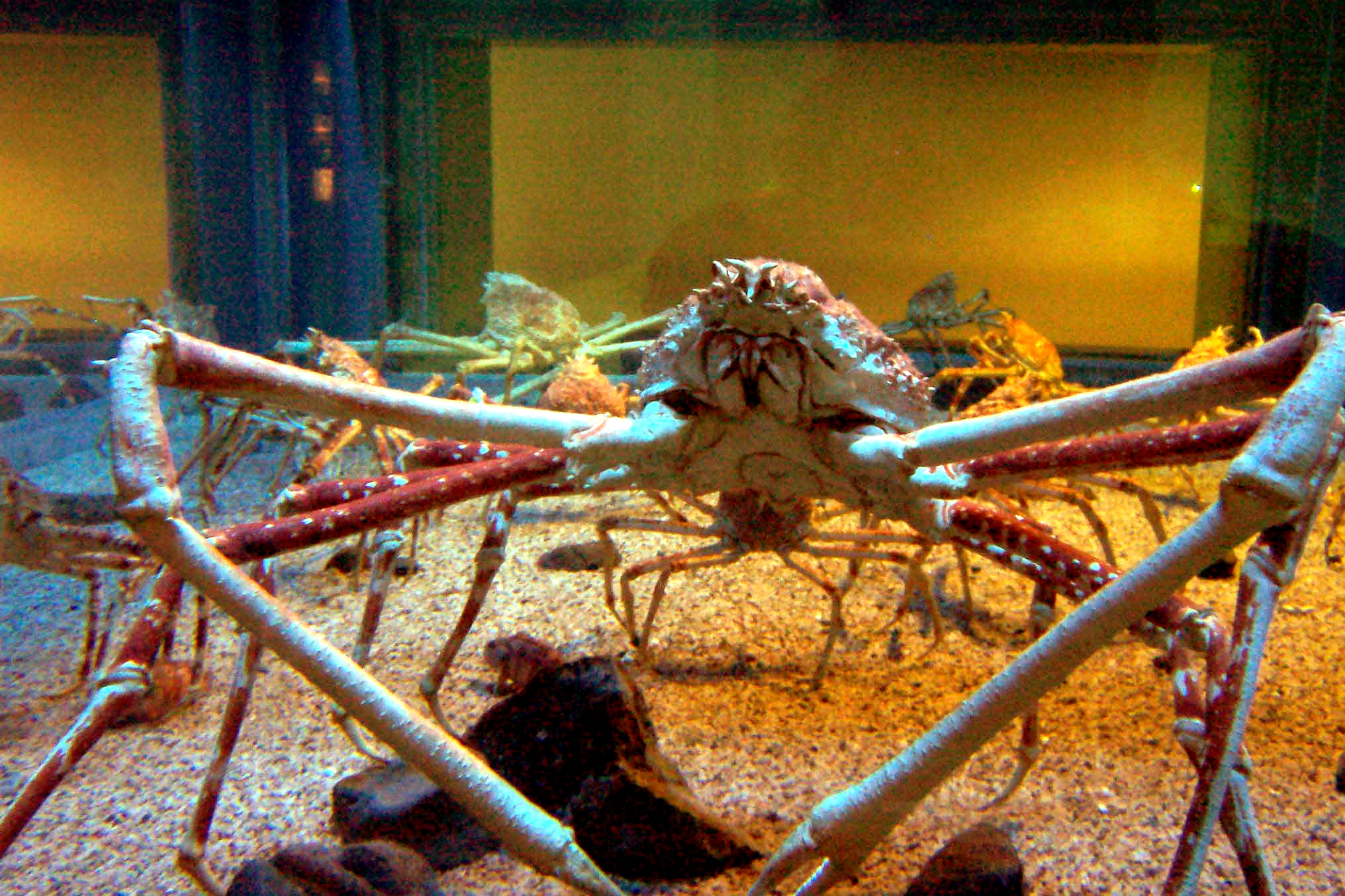
If you want to see truly giant arthropods (insects’ relatives), you need to look underwater. Japanese spider crabs can have leg spans of over 12 feet, and American lobsters can weigh over 40 pounds. Water supports their weight and provides efficient oxygen transport, allowing these creatures to reach sizes that would be impossible on land. This aquatic success story highlights exactly why giant land insects remain impossible. The physical properties of air versus water create completely different constraints on body size and structure. What works in the ocean simply cannot work on land for arthropods.
Conclusion: The Beautiful Impossibility
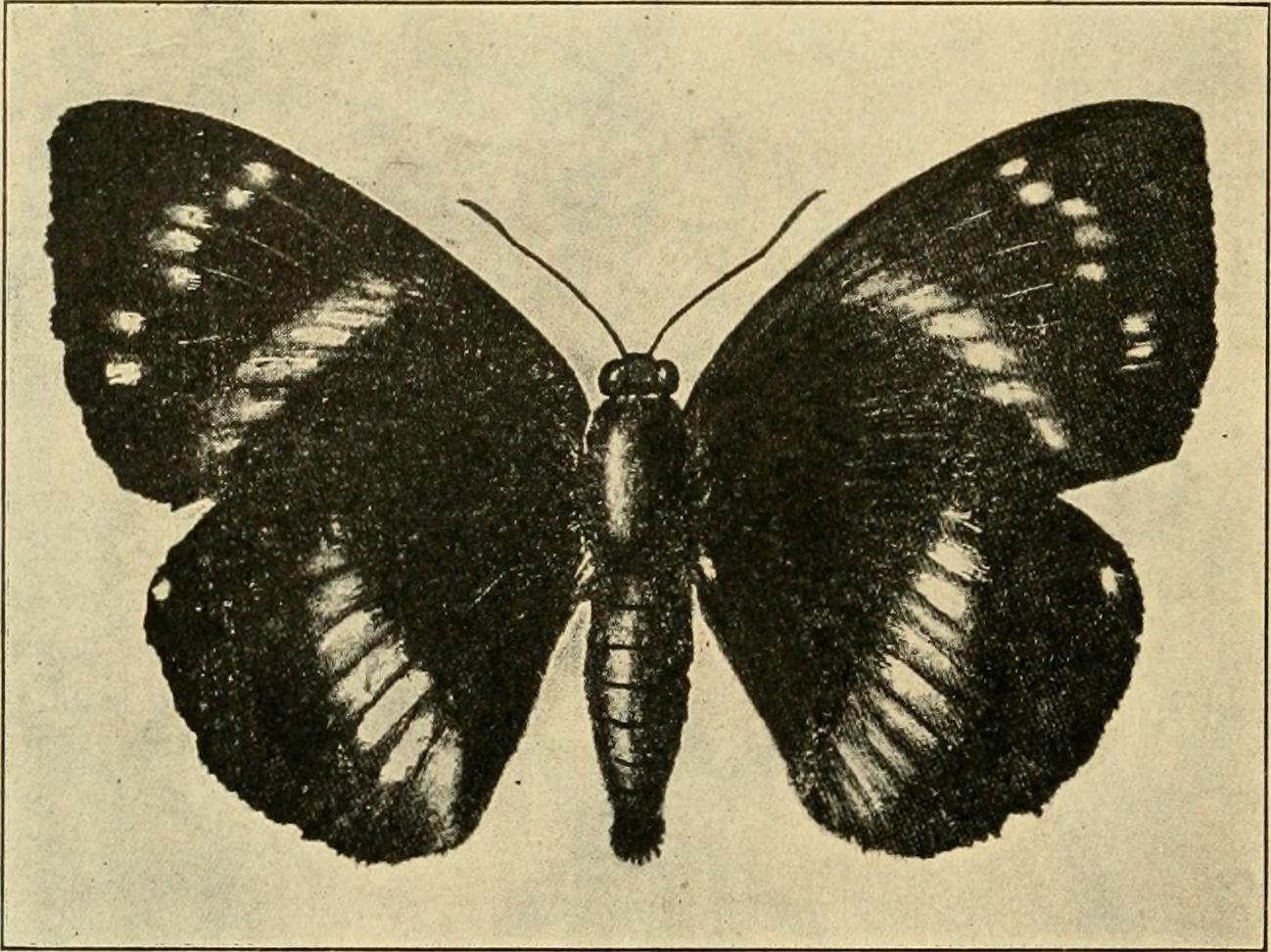
While giant insects make for thrilling entertainment and fascinating thought experiments, the laws of physics and biology conspire to keep them firmly in the realm of science fiction. The delicate balance of oxygen transport, structural engineering, and ecological relationships that governs insect life simply doesn’t scale up to monster proportions. Perhaps it’s for the best that giant insects remain impossible. Our current world is already filled with incredible insect diversity and complexity that rivals any science fiction creation. From the intricate social structures of ant colonies to the miraculous metamorphosis of butterflies, real insects are far more amazing than any Hollywood monster. The next time you see a tiny ant carrying a crumb or watch a butterfly dance through your garden, remember that you’re witnessing creatures that are perfectly engineered for their size – and that perfection is precisely what makes giants impossible. What would our world really look like if the laws of physics suddenly changed overnight?

